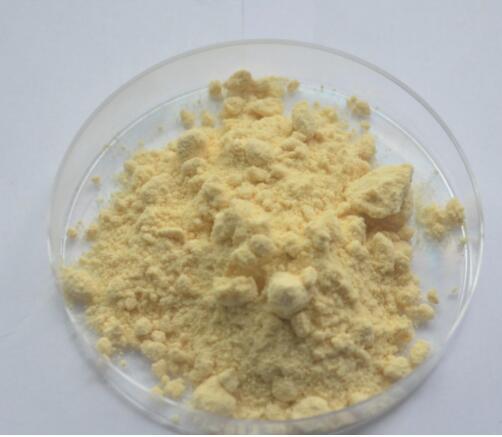Food industry requirements for phospholipid purit
Time:2024-02-19
Phospholipids are used in various food applications, such as emulsifiers, stabilizers, and nutritional supplements. The food industry typically has specific requirements and standards for the purity of ingredients, including phospholipids. The requirements for phospholipid purity in the food industry are designed to ensure the safety, quality, and functionality of the end products. While specific requirements can vary based on the intended use and regional regulations, here are some general considerations:
Purity of Phospholipids:
Phospholipids used in the food industry should have a high degree of purity. This involves minimizing impurities, such as residual solvents, heavy metals, pesticides, and other contaminants. Analytical methods like HPLC (High-Performance Liquid Chromatography) are often used to assess purity.
Regulatory Compliance:
Compliance with food safety regulations is paramount. Manufacturers must adhere to regulations established by local food authorities, such as the U.S. Food and Drug Administration (FDA) in the United States or the European Food Safety Authority (EFSA) in the European Union.
Microbiological Safety:
Phospholipid products should meet microbiological safety standards to prevent contamination by harmful microorganisms.This includes setting limits for bacteria, molds, yeasts, and other pathogens.
Identification and Quantification:
The specific types of phospholipids present in the ingredient should be identified and quantified.This is crucial for ensuring that the product meets the intended specifications and functional requirements.
Allergen Control:
If the phospholipids are derived from common allergenic sources (e.g., soy), manufacturers must take measures to control and declare allergens in compliance with labeling regulations.
Residual Solvents:
The presence of residual solvents from the extraction process should be within acceptable limits. Regulatory bodies often specify maximum allowable levels for residual solvents to ensure the safety of the ingredient.
Stability and Shelf Life:
Phospholipid products should be stable under specified storage conditions, and their shelf life should be determined.Stability testing helps ensure that the phospholipids retain their functionality and safety over time.
Packaging and Labeling:
Packaging materials should be suitable for maintaining the quality of phospholipids, and labeling must comply with regulatory requirements.Clear and accurate information on the label aids in traceability and consumer understanding.
Good Manufacturing Practices (GMP):
Manufacturers should follow Good Manufacturing Practices to ensure that phospholipid production is carried out under controlled conditions that minimize the risk of contamination and ensure product consistency.
Documentation:
Comprehensive documentation, including batch records, certificates of analysis, and other quality control data, should be maintained.This documentation is essential for traceability and compliance with regulatory audits.
It's important for manufacturers to stay informed about regional and international regulations related to food ingredients, as requirements may vary.Regular testing, adherence to quality management systems, and collaboration with regulatory experts can help ensure that phospholipid products meet the necessary purity standards in the food industry.


 CN
CN





